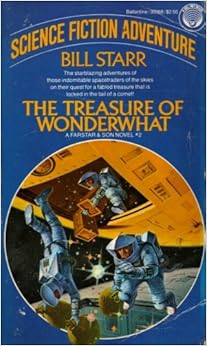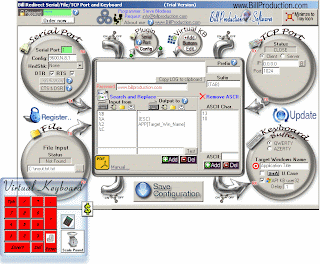Kathy Sierra‘s opening remarks has two or three overflow rooms full of people. We’re responding to the screen just as if Kathy were in the room – what a great speaker!
Humanizing software and the net.
Audience participation exercise:
If you had to either save a guy from drowning or photograph it, how would you tag it in Flickr? Stand up, this makes you a “designer” (or i would say a content person)
If you had to code open source software or have sex… Ruby or Python? Stand up.
If you haven’t stood up, look around you at the people who have a job!
Now talk to a person who isn’t your same kind.
1) help users get together offline. face to face still matters.
2) make software interactions feel more human
– What can the user do with a human but not a computer?
– body language, gestures, (photo of face expressing “Whaaaaaa!?” or WTF: knit brow, questioning, maybe a little bit pissed off, puzzlement)
– Look confused, ask a question. You can’t do that with your software. Does your software know anything about that face?
– photos of anxiety, bewilderment, head in hands. Other entity responds to “looking confused”
A neurological quiz. Various “I-statements”. Aspies unite! In the tech world we are actually proud of our Aspergers. All our applications have Aspergers. (Also, all cats have Aspergers.) How can we compensate? Our app must know that a person is confused.
Nobody is passionate when they feel like they suck. Passion threshhold, Suck threshold. Your apps make people feel like they suck instead of getting them up past the suck threshold. I no longer suck, but I’m not good or expert anymore. We have to get people past that threshold. The passion threshold is when they’re so good they feel confident and expert. Passion isn’t about a tool, it’s about people feeling good about their ability.
Add a WTF button.
A great point: the help file or faq thinks you look like (photo of smiling confident student-looking guy with pencil poised to take notes) but really you’re like (photo of guy looking frustrated and flipping off his computer).
Example of a user in Excel. “I used to use Excel a long time ago and I just want to add up the numbers in a column” The help is utterly unhelpful and her screen captures are hilarious. People actually want to say “I’m lost. I’m stuck. I don’t know how I got here. I want to do a thing, but I don’t know what it’s called.”
Goal of the WTF button: Get user to the right context asap. Then give him an understandable set of questions. Let the user choose a high level statement. “I’m lost.” Narrow the context.
What other emotions can a computer recognize? buttons with faces. Click on picture of what you’re feeling. Bastards! Terror! WTF! Happy! You suck. He’s not really feeling “you suck”, he’s feeling, “I suck”. Hating software you’re hating it for making you feel like an idiot. If you can’t fix your application you can still help by reorganizing your documentation.
Looking confused tells a human, a human teacher for example, to try telling you a different way. Software gives you one chance, it’s like saying “I’m only going to tell you this once.” You’ll know you’ve succeeded when they feel creeped out.
Conversational language. Talk like a human. Use the word “you”. Contractions. Your brain reading conversational language – pays more attention.
…
The positive impact of good user experiences. If make a user have a slightly better experience, you’ve done something good. You give a person an opportunity to be in the “flow” state.
(YEAH!!!)
Those are some of the happiest moments in a person’s life. That’s the kind of experience we’re giving people all the time.
Technorati Tags: conferences, sxswi2007



